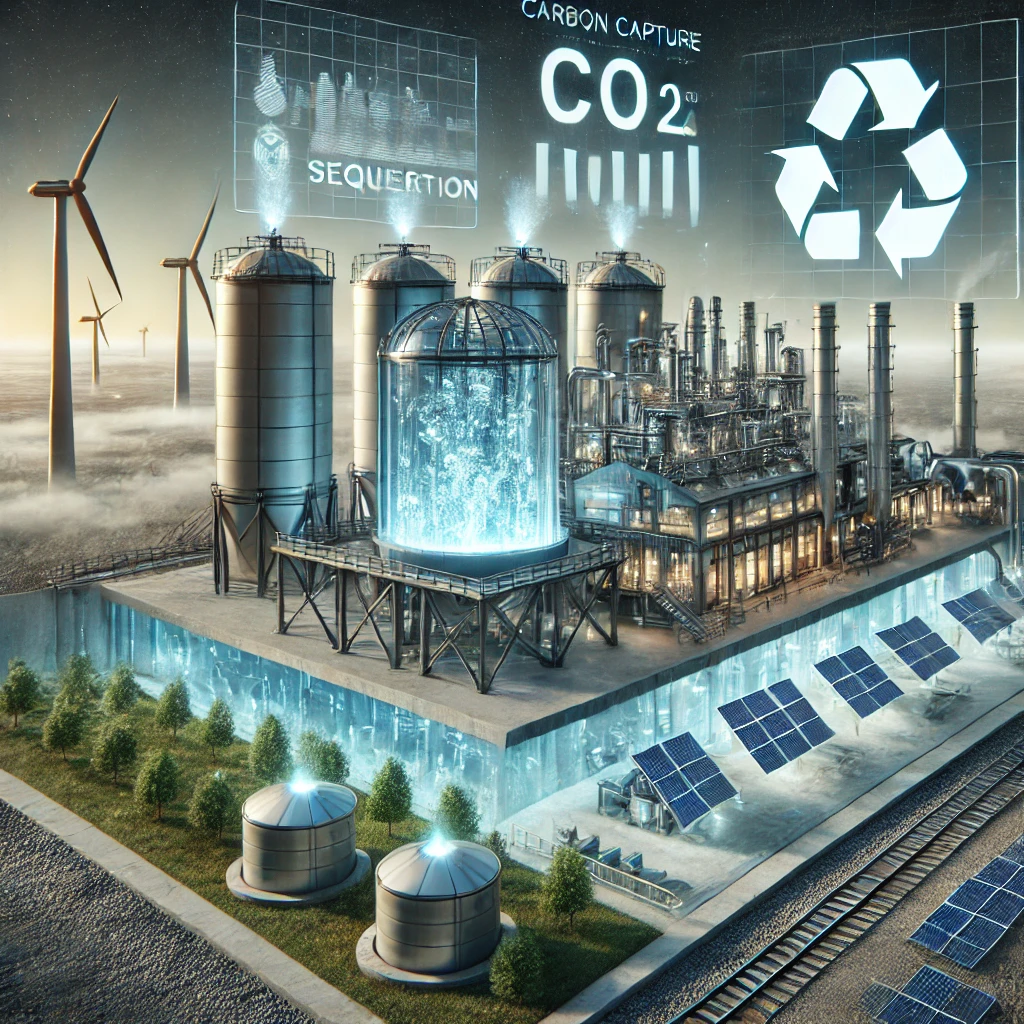Market Overview
The size of the global carbon capture and sequestration market is estimated at USD 3.87 billion in 2025 and is anticipated to grow to approximately USD 19.17 billion by 2035, growing at a CAGR of 19.82% during the period from 2025 to 2035. The size of the North America carbon capture and sequestration market exceeded USD 2.27 billion in 2024 and is growing at a CAGR of 18.81% throughout the forecast period. The market sizing and projections are revenue-based (USD Million/Billion) with the base year being 2024.
Get your FREE Sample report: Sample Report Copy
Carbon Capture and Sequestration Market Key Takeaways
- North America led the global market with the highest market share of 70% in 2024.
- Asia Pacific will be home to the fastest-growing market in the coming years.
- The natural gas processing segment led the market in 2024.
- The power generation segment is anticipated to experience the fastest growth over the forecast period.
- The dedicated storage & treatment segment dominated the world market in 2024.
- The (EOR) segment is forecasted to grow at the highest CAGR during the forecast period.
Key Market Players
- Aker Clean Carbon AS
- Alstom SA
- Chevron Corp.
- Fluor Corp.
- General Electric Co.
- Hitachi Ltd
- Linde AG
- Mitsubishi Heavy Industries
- Siemens Energy Inc.
- Southern Co.
U.S. Carbon Capture and Sequestration Market Size and Growth (2025 to 2034)
The size of the U.S. carbon capture and sequestration market was presented at USD 1.59 billion in 2024 and is likely to be worth approximately USD 9.05 billion by 2034, growing at a CAGR of 18.99% between 2025 and 2034.
Market Analysis
The carbon capture and sequestration market is an integral component of global initiatives to reduce greenhouse gas emissions and mitigate climate change. It consists of systems and processes to transport, inject, and use carbon dioxide (CO₂) underground or for other applications once released from industrial sources and power generation. Increasing government and private spending is driving steady market growth. Global agreements like the Paris Agreement and more stringent climate regulations are fueling the integration of carbon capture and sequestration (CCS) technology to achieve emission reduction targets.
Technological innovation in CCS is reducing costs and enhancing efficiency, making it more likely that carbon capture and sequestration will be widely adopted. New material innovations, process innovations, and the connection to renewable energy sources improve the efficiency of CCS systems. As a critical tool for dealing with climate change globally, the carbon capture and sequestration market will grow dramatically.
Market Segment:
Capture Source Analysis
- Natural Gas Processing
- Power Generation
- Fertilizer Production
- Chemicals
- Others
End-Use
- Dedicated Storage & Treatment
- Enhanced Oil Recovery (EOR)
Geography
- North America
- Asia Pacific
- Europe
- Latin America
- Middle East & Africa
BUY YOUR REPORT TODAY WITH FREE 2 YEARS SERVICE: Report Purchase
Segmental Insights
Type Insights
The EOR Process segment will lead the market throughout the forecast period. Enhanced Oil Recovery (EOR) is a method that includes the injection of several substances, such as carbon dioxide (CO₂), into oil reservoirs to increase oil production. In the global Carbon Capture and Sequestration (CCS) market, EOR is particularly important because it combines economic advantages with carbon capture and storage goals. EOR offers an economically viable alternative to oil companies, allowing improved oil recovery from mature or depleted oil reservoirs. The industry’s ability to identify appropriate reservoirs for CO₂ injection and storage is particularly important.
Application Insights
The Capture segment will lead the market through the forecast period. Capturing CO₂ at the point of origin keeps a large volume of greenhouse gases out of the atmosphere. The captured CO₂ can be transported and stored underground or reused for industrial purposes like enhanced oil recovery or the production of synthetic fuels. Governments in many countries offer incentives and subsidies to encourage the use of capture technologies. Carbon pricing policies, emissions reduction targets, and tax credits provide economic incentives for industries to invest in and adopt CCS technologies.
Regional Insights
North America, including the United States and Canada, leads in CCS technological development and research. Heavily investing in advanced capture, transportation, and storage technologies, both nations drive progress through research centers, universities, and private industry. The supportive policy framework, like the 45Q tax credit in the U.S., encourages CCS adoption. Notable projects include Texas’s Petra Nova and Canada’s Boundary Dam, which capture CO₂ from coal plants for enhanced oil recovery. The dual benefit of increased oil production and safe CO₂ storage attracts significant industry investment, aligning economic and environmental goals.
Recent Developments
In February 2023, a senior government energy official disclosed that India is preparing to launch a carbon capture initiative that it asserts will allow it to keep burning its rich coal reserves and combat its rising emissions.
To enable the speedy uptake of CCS for mass-scale industrial decarbonization, the new company combines technology portfolios, know-how, and operations platforms.
